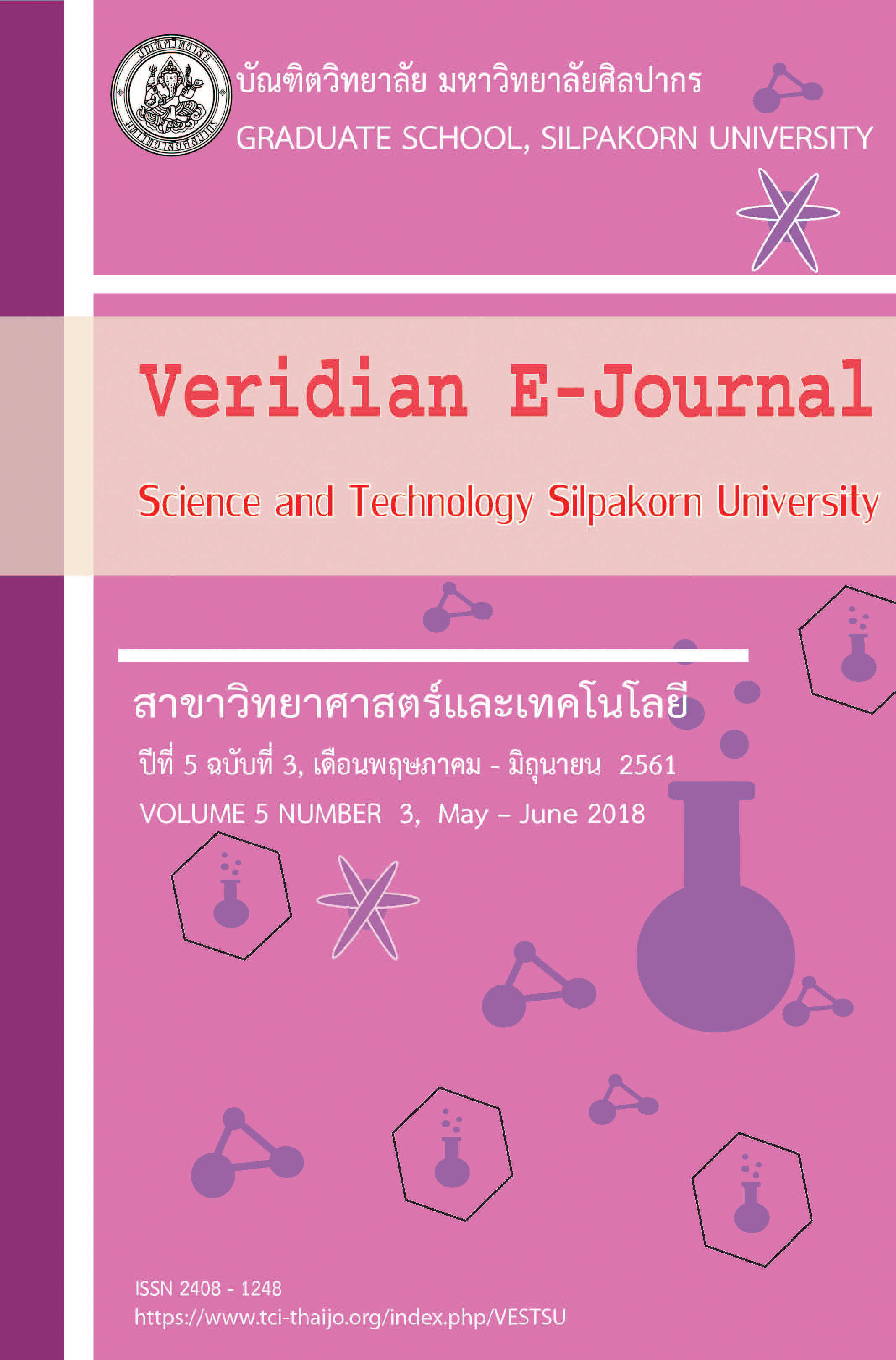ผลของเมทฟอร์มินขนาดสูง ต่อการทำงานของไตและขนาดที่เหมาะสม ในผู้ป่วยที่มีการทำงานของไตบกพร่อง (The Effect Of High Dose Metformin On Kidney Function And The Appropriate Dose In Renal Impairment Patients)
Main Article Content
บทคัดย่อ
เมทฟอร์มินเป็นยาทางเลือกแรกที่ใช้ในการรักษาโรคเบาหวานชนิดที่ 2 ซึ่งหนึ่งในภาวะแทรกซ้อนที่สำคัญในโรคนี้ คือ ภาวะการทำงานของไตบกพร่อง ดังนั้นยาเมทฟอร์มินจึงถูกห้ามใช้ในผู้ป่วยที่มีการทำงานของไตบกพร่องที่ Creatinine clearance (CLCR) < 60 ml/min (เอกสารกำกับยา) เนื่องจากภาวะการทำงานของไตบกพร่องจะทำให้ยาเกิดการสะสมมากขึ้น เป็นผลให้เกิดอาการไม่พึงประสงค์ ได้แก่ แลคติกแอซิโดซิส บทความนี้จะทบทวนถึงความสัมพันธ์ของการเริ่มใช้ยา เมทฟอร์มิน ต่อภาวะไตทำงานบกพร่องและอุบัติการณ์ของการเกิดภาวะแลคติกเอซิโดซิสหรือการเพิ่มขึ้นของระดับ แลคเตด ในกระแสเลือดของผู้ป่วยที่กำลังใช้ ยาเมทฟอร์มิน และปัจจัยเสี่ยงของการเกิดภาวะ แลคติกเอซิโดซิส ในผู้ป่วยที่มีการทำงานของไตบกพร่อง รวมถึงขนาดยาสูงสุดที่แนะนำของยา เมทฟอร์มิน ในรูปแบบออกฤทธิ์ทันที และ ออกฤทธิ์เนิ่น ในผู้ป่วยที่มีการทำงานของไตลดลง เพื่อเป็นแนวทางในการกำหนดขนาดการใช้ยาเมทฟอร์มินขนาดสูงสุดในผู้ป่วยที่มีภาวะการทำงานของไตบกพร่อง และการป้องกันความเสี่ยงของการเกิดภาวะ แลติคเอซืโอซิส เพื่อให้เกิดความปลอดภัยสูงสุดในการใช้ยาเมทฟอร์มิน
โดยพบว่าผู้ป่วยที่เริ่มใช้ยาเมทฟอร์มินมีความสัมพันธ์ต่อภาวะการทำงานของไตบกพร่องซึ่งส่วนใหญ่จะพบการทำงานของไตบกพร่องได้ที่ระดับเล็กน้อย ไปจนถึงระดับปานกลาง ขณะที่ระดับรุนแรง จะมีโอกาสพบได้น้อย และผู้ป่วยที่มีการทำงานของไตบกพร่องระดับรุนแรงที่ได้รับยาเมทฟอร์มินอยู่ จะมีการทำงานของไตที่ดีขึ้นได้ ถ้าหยุดยาภายใน 90 วัน หลังจากมี e-GFR ลดลง ซึ่งผู้ป่วยที่มีภาวะการทำงานของไตบกพร่องและได้รับยาในขนาดสูงมากกว่า 2 กรัมต่อวัน ถือเป็นปัจจัยเสี่ยงของการเกิดภาวะ แลคติกแอซิโดซิส ดังนั้นจึงควรมีการติดตามการทำงานของไตและควรมีการปรับขนาดยา เมื่อผู้ป่วยมีการทำงานของไตในระดับ <60 mL/min/1.73 m2 และ ขนาดสูงสุดของยาทั้งชนิดออกฤทธิ์ทันที และ ออกฤทธิ์เนิ่นที่ขนาดยาที่ควรจะให้ในผู้ป่วยที่มีระดับ creatinine clearance เท่ากับ 15, 30, 60 และ 120 ml/min คือ 500 mg, 1,000 mg, 2,000 mg และ 3,000 mg ตามลำดับ
Metformin is the first choice for treatment patients with Type 2 diabetes mellitus (T2DM). One of the complications in T2DM is renal impairment. According to this complication, metformin is contraindicated in patients who have creatinine clearance (CLCR) < 60 ml/min (Package insert). Since renal insufficiency status will increase metformin accumulation leading to lactic acidosis. The relation of metformin use and renal insufficiency status including incidence of lactic acidosis or increasing lactate blood level in this group of patients are reviewed. The risk factors of lactic acidosis in patients with renal impairment including maximum dose of metformin both immediate-release (IR) and extended-release (XR) in patients with renal insufficiency also mentioned as a guidance for maximum dosing in patients with renal impairment and prevent lactic acidosis to receive maximum safety in metformin usage.
From the review found that, patients who used metformin associated with renal impairment. Mostly mild to moderate were found, severe renal impairment was rare and could be better if stop administration within 90 days after decreasing e-GFR was found. Patients with renal impairment and administration of metformin greater than 2 g/day are the risk factors of lactic acidosis. Therefore, renal function should be monitored appropriately and the dose adjustment is recommended when renal function less than 60 mL/min/1.73 m2 and maximum dose both immediate-release(IR) and extended-release(XR) that recommended in patients who had creatinine clearance equal to 15, 30, 60 and 120 ml/min were 500 mg, 1,000 mg, 2,000 mg and 3,000 mg respectively.

